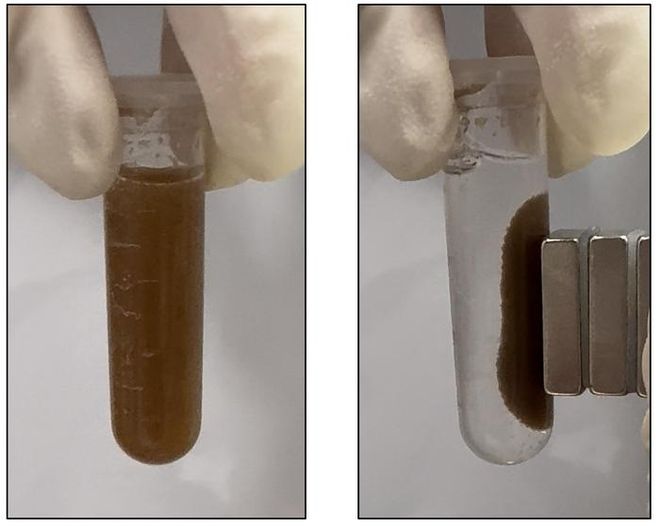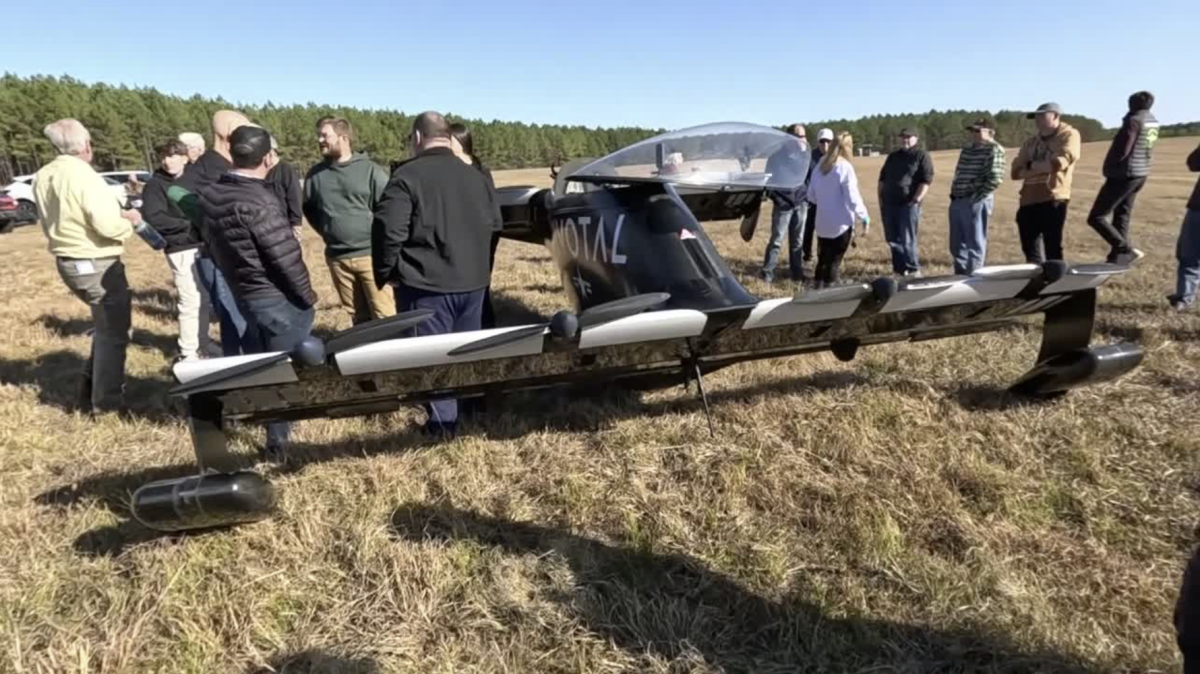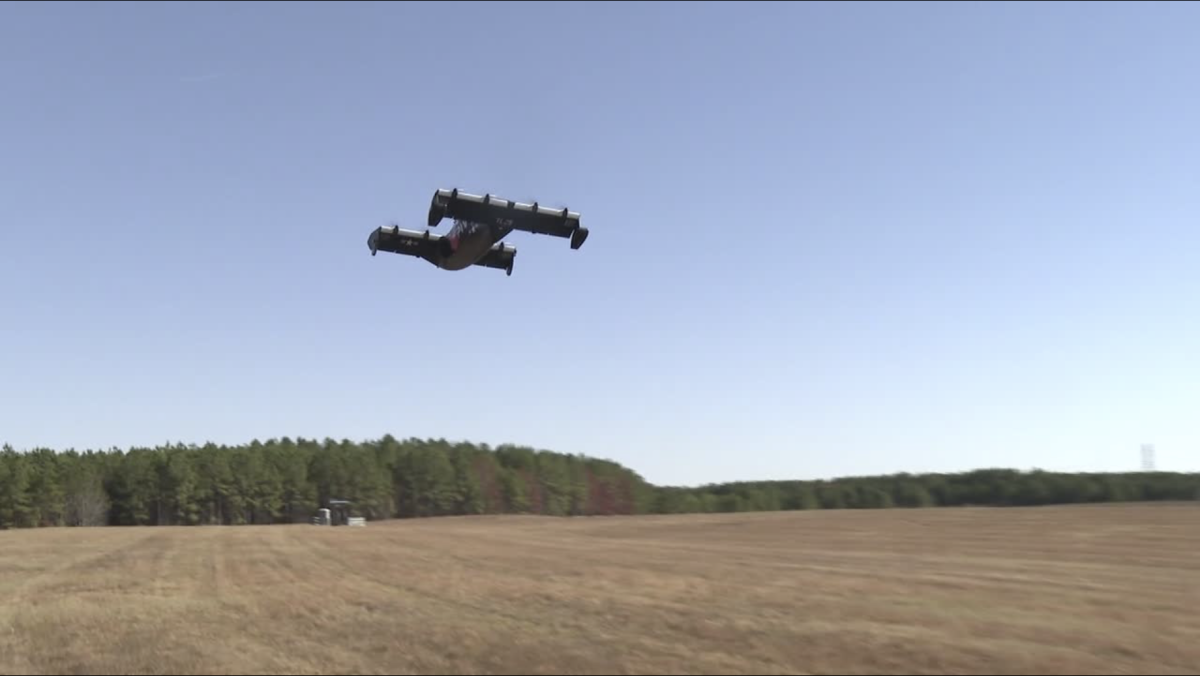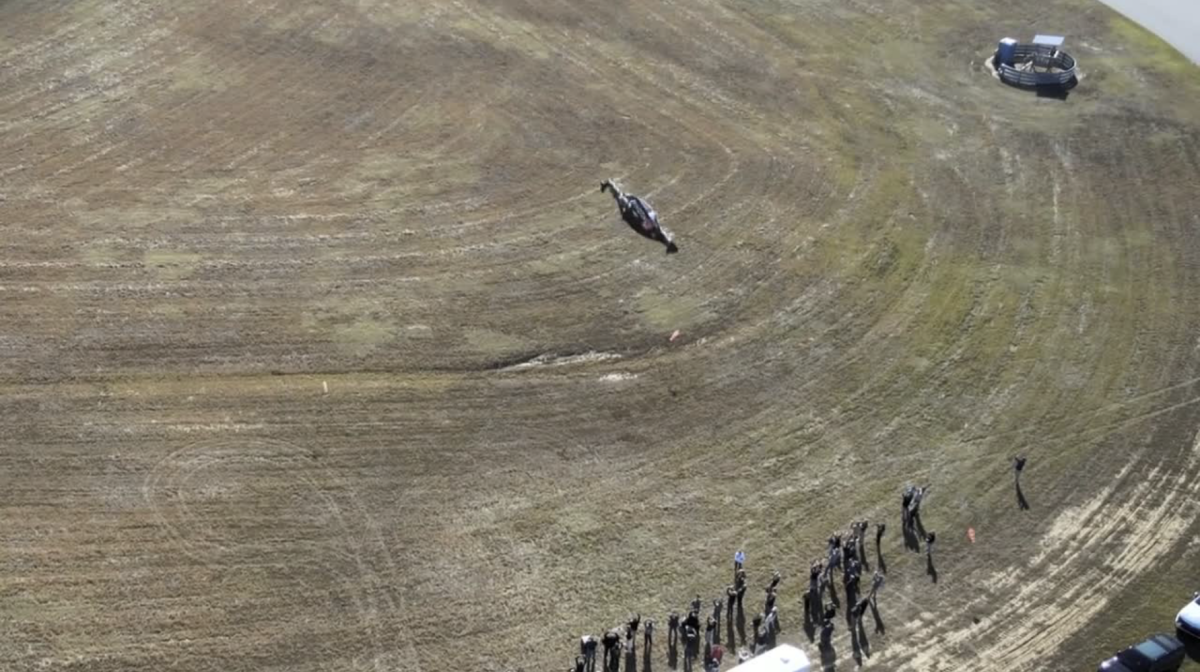There are many things people would rather endure than a colonoscopy. But when it comes to gut health, taking this physical approach by literally looking inside the intestines is still the established method. How great would it be if we could instead swallow a tiny pill that travels through our bowels, collects the information doctors need, and exits our bodies without us even noticing?
That’s exactly what a team of Chinese researchers has developed: a small sensor-in-a-pill that combines the power of bacteria and magnetism to create a less invasive but highly sensitive diagnostic tool for colitis. By reacting to gastrointestinal bleeding and producing a glow detectable later, bacteria once again show how surprisingly resourceful they can be in medical diagnostics.
The study, published in ACS Sensors, describes the bacteria-infused pill as safe and effective in mouse models, and the team hopes the platform can eventually expand to humans and to detect other gastrointestinal diseases.
Diagnosing Gut Disease Without a Colonoscopy
Gastrointestinal diseases like colorectal cancer or inflammatory bowel disease affect millions of people, often causing intestinal bleeding and chronic discomfort. Early diagnosis is crucial for improving treatment. Right now, the gold standard is still an endoscopy of the colon — better known as a colonoscopy — which uses a camera to examine the intestine from the inside.
Unfortunately, this procedure isn’t exactly known for being patient-friendly. It requires uncomfortable preparation, it’s time-consuming, and it’s rather invasive. To boost patient compliance and make screening more accessible, researchers are searching for a gentler way to pick up the medical clues hidden in our guts.
This is where bacterial biosensors come in. Some bacteria can chemically respond to their surroundings in measurable ways, offering a kind of built-in reporting system about the environment they’re in. The only challenge: transporting them safely through the body to where they’re needed.
Read More: How Light-Controlled Bacteria Could Tackle the Problem of Antibiotic Resistance
Bacteria Detect Blood and Start Glowing
The first step for the research team was engineering heme-sensing bacteria that respond to heme (a component of blood) by producing light. Then, they encapsulated the bacteria using sodium alginate, a thickening agent that forms a protective hydrogel. This shield helps the bacteria survive digestive fluids without interfering with their ability to detect heme. The researchers also added magnetic particles to the microspheres so the sensors could be easily retrieved from stool samples.

Microspheres that sense gastrointestinal disease are suspended in solution (left), then attracted to the side of a test tube by a magnet (right) so researchers can easily retrieve them from biological samples.
(Image Credit: Adapted from ACS Sensors 2025, DOI 10.1021/acssensors.5c01813)
To test the novel system, the team administered the bacterial sensors to mice showing different stages of colon inflammation (colitis). After the pill traveled through the gut and was excreted, it took only about 25 minutes to retrieve the microspheres from feces and measure their glowing signal, a huge improvement over the several hours it would take without encapsulation.
The results were striking: the light intensity increased in line with disease severity. In other words, the stronger the glow, the more blood was present, and the more advanced the colitis. Healthy mice showed no adverse effects, suggesting the microspheres were safe and well-tolerated.
Bacteria Could Support Diagnosis, Treatment, and Monitoring
Based on these early observations, the researchers believe the technology could be expanded to detect additional biomarkers and eventually diagnose a range of gut diseases.
“This technology provides a new paradigm for rapid and non-invasive detection of gastrointestinal diseases,” said the study’s co-author Ying Zhou from East China University of Science and Technology, Shanghai, in a press statement.
Human trials will be the next essential step, but the initial findings are promising. Beyond early diagnosis, the system could one day help guide treatment and track disease progression with a tool that’s fast, noninvasive, and unexpectedly powered by glowing bacteria.
This article is not offering medical advice and should be used for informational purposes only.
Read More: Electricity-Conducting Bacteria Could Help Advance Environmental Cleanup
Article Sources
Our writers at Discovermagazine.com use peer-reviewed studies and high-quality sources for our articles, and our editors review for scientific accuracy and editorial standards. Review the sources used below for this article:
via Discover Main Feed https://ift.tt/tWdwiIM
November 19, 2025 at 07:24PM



